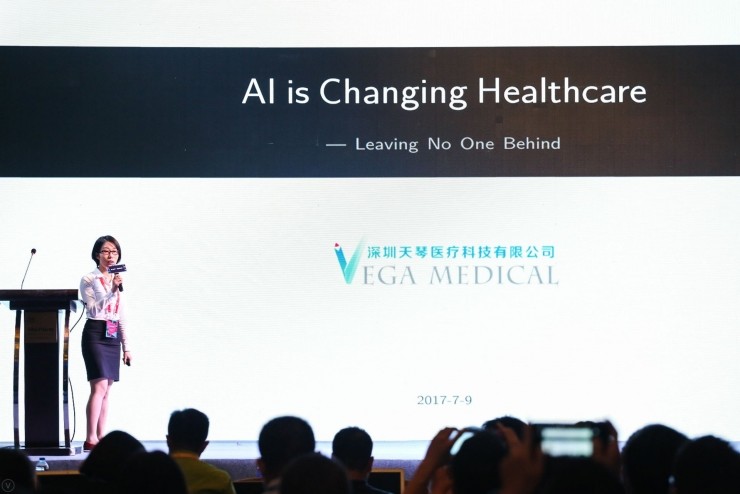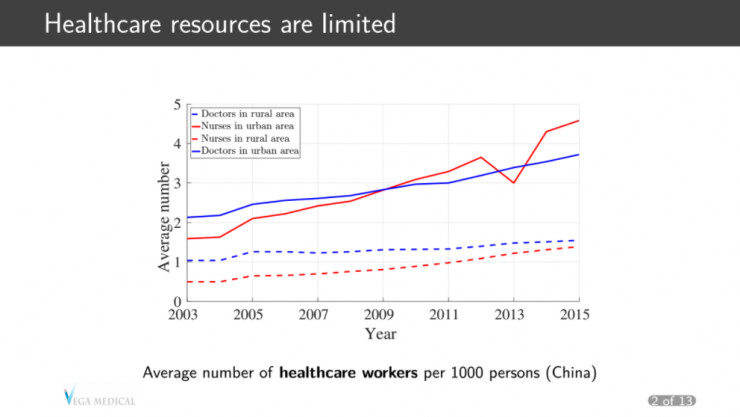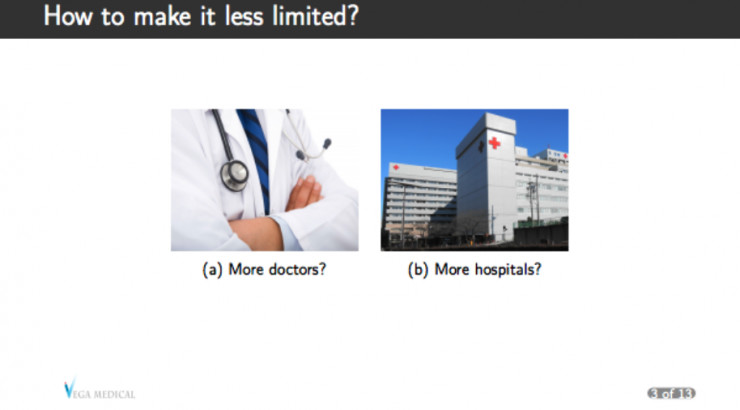On July 9th, Feng Yuan, director of the Tianyu Medical AI Laboratory, presented a report on the theme “Change Artificial Intelligence in the Medical Industry â€.

Dr. Feng Yuan is engaged in medical imaging, big data mining, and research in the field of artificial intelligence models and algorithms.

Feng Yuan: Hello everyone. I want to share with you today, "Change the artificial intelligence of the medical industry." This topic may be a bit like the question of Dr. Tao, but the content we share is somewhat different. I mainly talk about what technologies AI applications will use in the medical industry. What are the problems in the medical industry, how to use artificial intelligence to change the industry, how to achieve a fair distribution of medical resources, and not to give up anyone? This is the question we will discuss with you today.

Nowadays, there are many problems in the medical system. The distribution of medical resources is uneven, the level of doctors is uneven, and patients are expensive and difficult to see. As an example, the data in this figure is derived from the 2016 China Health Programme Statistical Yearbook, which reflects the number of health workers that an average of 1,000 Chinese people can be assigned during the period 2003-2015. The two lines above represent the number of doctors and nurses that can be assigned to urban areas. The two lines below indicate the number of doctors and nurses that can be assigned to rural areas. The growth trend of the four lines is upward, and the medical industry is constantly improving and developing. However, it is obvious that the growth trend of medical resources in urban areas is much larger than that in rural areas, which reflects to some extent the uneven distribution of medical resources in China.
solution

How do we change this situation? What method can I use?
A very simple idea, no doctors, then more doctors; no hospitals, more hospitals. But how high is the feasibility?
Let's take a look at the labor costs of cultivating a doctor. If a doctor chooses a clinical major, the undergraduate course takes five years, and now it is difficult for an undergraduate student to enter the top three hospitals. Therefore, after the undergraduate study, you need to study for master's and doctoral degrees. After graduation, you will also need to obtain a doctor's qualification certificate, and you will enter the hospital after the internship. Therefore, the time cost of cultivating a doctor is very high. Building more hospitals? We only need to look at the millions of medical devices in the hospital to know that this is very difficult. If there is no national investment, building a private hospital requires high costs. Therefore, these two roads are very difficult. Is there any way to change the current state of uneven distribution of medical resources?

medical Angio Closure Pad,angio syringe,Angio Closure Pad
Anesthesia Medical Co., Ltd. , https://www.jssinoanesthesias.com